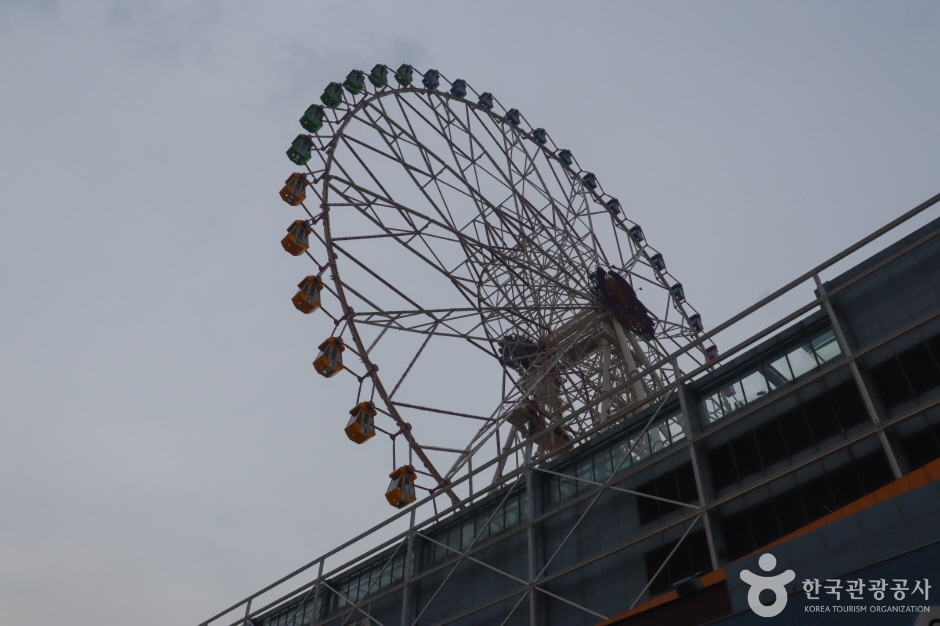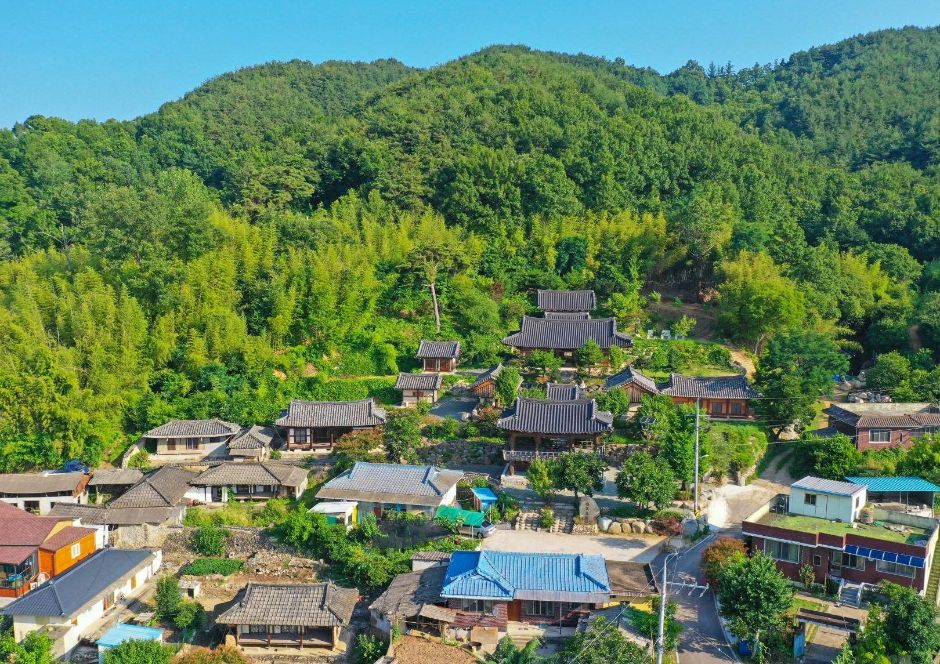Explanation
The Herb Village in Yeoncheon, Gyeonggi-do Province gives a splendid view of Imjingang River. This beautiful oasis is perfect for a relaxing day out of Seoul with the whole family. Colorful flowers, wooden benches, original statues, and a beautiful landscape decorate the whole space of the garden. One can just take a leisurely walk down the hill towards the river while stopping to smell the herbs every once in a while.
If you need some refreshments, there are a couple of restaurants in the garden. If you want to stay overnight, there is beautiful guesthouse that offers comfortable accommodation. The village also has an herb jjimjilbang (Korean sauna) that creates a romantic ambience after sunset with candle lights, and foot baths that use different herbs can be found outside. The village is just a short drive from Seoul and one can enjoy a scenic view of the surroundings along the way.
Inquiry
+82-31-833-5100
Homepage
herbvillage.co.kr
(Korean only)
Information Use
Contact and Information : • 1330 Travel Hotline: +82-2-1330
(Korean, English, Japanese, Chinese)
• For more info: +82-31-833-5100
Hours : April 20 – October 31 09:00-21:00
November 1 – April 19 09:00-19:00
More information
Restrooms
Available
Available Facilities
-Herb & Flower garden
- Restaurant & Café
- Club Flora (pension)
- Experience site, herb shop, etc.
Admission Fees
Adults (middle school students or older) 7,000 won
Children (ages 3 to elementary school students) 4,000 won
Winter season discount: Adults 4,000 won / Children 3,000 won
* For more information, see the website.
Location
37 ,Buksam-ro 20 beon-gil, Wangjing-myeon, Yeoncheon-gun, Gyeonggi-do



 English
English
 한국어
한국어 日本語
日本語 中文(简体)
中文(简体) Deutsch
Deutsch Français
Français Español
Español Русский
Русский